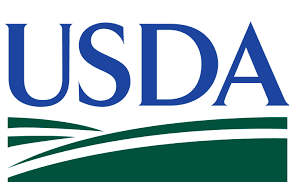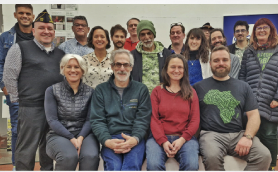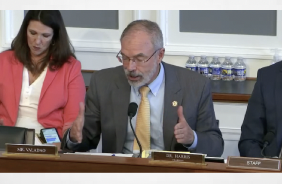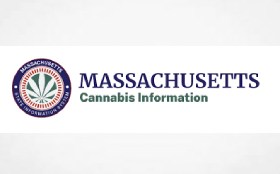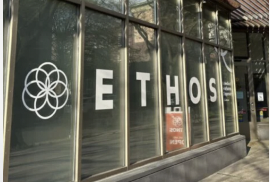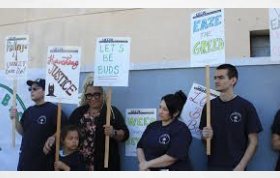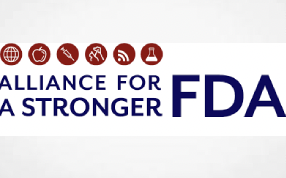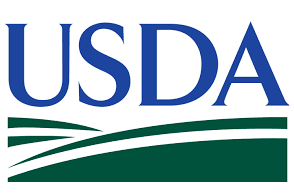PRESS RELEASE – The National Industrial Hemp Council (NIHC) and The Hemp Industries Association (HIA) together announced results of a month’s long survey on industry attitudes towards a hemp checkoff program.
The results of the overall survey show that nearly 8 out of every ten farmers and processors support the checkoff program for research, promotion and consumer education. Over six of ten farmers and processors support being assessed to fund a program.
“This is exciting news for our industry and exciting that there is such wide consensus in our industry to support such a program,” said Patrick Atagi, board chairman of the National Industrial Hemp Council. “We believe that a checkoff program will help hemp not only develop markets for hemp products but also fund much needed research and educate consumers on the usefulness and versatility of hemp.”
“It’s clear from the survey response that there is a broad level of excitement around the idea of a national hemp checkoff program, and significant interest in the potential return the hemp industry could see from an effective research and marketing program under USDA,” said HIA President Rick Trojan. “We in the industry recognize the incredible potential of this agricultural commodity, and there was a strong consensus around the importance of educating the market about the value of hemp across the supply chain for food/grain, fiber, and cannabinoids. It’s encouraging to see the positive feedback this dialogue with the industry has generated so far and we look forward to continuing to partner with the NIHC and other forward-looking allies to explore the tremendous opportunity a national checkoff represents for hemp.”
USDA checkoff programs seek to promote farm commodities and expand the market opportunities for farmers, importers and industry stakeholders. Funded through assessments on the produced commodity at the first point of sale; checkoff programs allow producers of commodities to pool resources for research, education, and promotion efforts that can expand sales and improve production efficiencies.
Currently, USDA Agricultural Marketing Service (AMS) oversees 23 checkoff programs for various commodities ranging from cotton to pork to Christmas trees. A study in 2018 by Texas A&M found that the existing 23 checkoffs had a return on investment for farmers and ranchers ranging from three to seventeen dollars in value that came back to the producers for every checkoff dollar invested.
The NIHC and HIA are now working to form a Task Force of representatives from across the industry that would discuss the details of how a hemp checkoff would be structured and operate. The effort of the working group would guide the development of a proposal to submit to the USDA that will include an industry analysis; justification for the program; program objectives; and the impact on small businesses.
The survey received 270 responses and was conducted online via Survey Monkey from November 30, 2020, until December 31, 2020.
NIHC and HIA representatives are holding a media availability to discuss the results of the survey and next steps on Wednesday, February 10th at 11 a.m. EST. To RSVP for the zoom link, members of the media can contact Larry Farnsworth with NIHC at lfarnsworth@hempindustrial.com.
USDA
When it comes to expanding market share, increasing revenue and getting the word out about a great product or commodity, checkoff programs prove that there’s strength in numbers. Officially called research and promotion programs, checkoff programs give agricultural producers, importers and other stakeholders in the marketing chain the power to maximize resources while managing risk.
The strategy for increasing or expanding commodity markets takes more cooperation within the industry than competition between individual farms and businesses. Consumers may not know exactly which farm grows or raises their fruit, beef, cotton or lumber, but they will decide what to buy based on knowledge, quality and availability.
The consumer’s perspective that there is a general uniformity to some commodities serves as the catalyst for many individual farms and businesses to collaborate on a comprehensive, industry-wide strategy to expand markets. Promoting a commodity as a whole instead of by individual businesses means everyone in the industry benefits through increased sales, consumer awareness and higher overall demand.
Checkoff programs help make that happen. Completely funded and operated by industry stakeholders, the checkoff programs allow commodity groups to pool resources for advertising campaigns, market research, new product development and consumer education. They empower the industry chain to establish their own goals and decide for themselves how to best develop new markets and strengthen current markets for specific commodities. For every $1 spent in a research and promotion program the return on investment can range as high as $18.
USDA’s Agricultural Marketing Service (AMS) oversees the research and promotion programs, which are led by boards of small and large producers, importers and other commodity stakeholders. Board members, nominated by the industry and appointed by the Secretary of Agriculture, bring a wealth of diverse perspectives and backgrounds to the programs. Their experience with a variety of operation sizes, production methods, distribution options, and marketing strategies all contribute to the common goal of promoting their commodity to more consumers.
For example, the dairy industry’s “Got Milk?” campaign, originally developed by the California Milk Processor Board (CMPB), has spawned many humorous spinoffs in the 16 years since its launch. The campaign also transcended its original advertising medium, with over 75 products, including toys, posters and clothing carrying its message. It reinforced “milk” as a household name.
Research and promotion programs also identify new uses and strategically tap into new markets. Cotton Incorporated began their Cotton. From Blue to Green® program in 2006 as part of its work for the Cotton Board. They partnered with an insulation manufacturer to transform used jeans into UltraTouch ™ Denim Insulation. Not only does this program promote the commodity, it also forges community ties and promotes a less traditional use of their product. They even sponsor grants for community buildings and partner with organizations like Habitat for Humanity.
Checkoff programs also benefit from unified messaging and cohesive campaigns. Before the National Mango Board was formed, producers and growers competed against each other with varied success. Now members from around the world share institutional knowledge and ideas with a clear focus and purpose. By educating consumers on the nutritional value of mangos and using guest chefs to inspire new recipes, producers and importers continue to see market growth. Consumers now eat nearly six pounds of mangos per person annually compared to just two pounds in 2008 when the board first launched.
There are currently 19 checkoff programs, representing a wide variety of commodities. From the Fabric of Our Lives® (cotton) to the incredible edible egg™, research and promotion programs have expanded and created identities for things we use every day, increasing consumer awareness and expanding markets for many U.S. commodities.
Visit the AMS checkoff site for a list of research and promotion boards administered by AMS at the USDA.
https://www.usda.gov/media/blog/2011/09/21/industry-insight-checkoff-programs-empower-business
